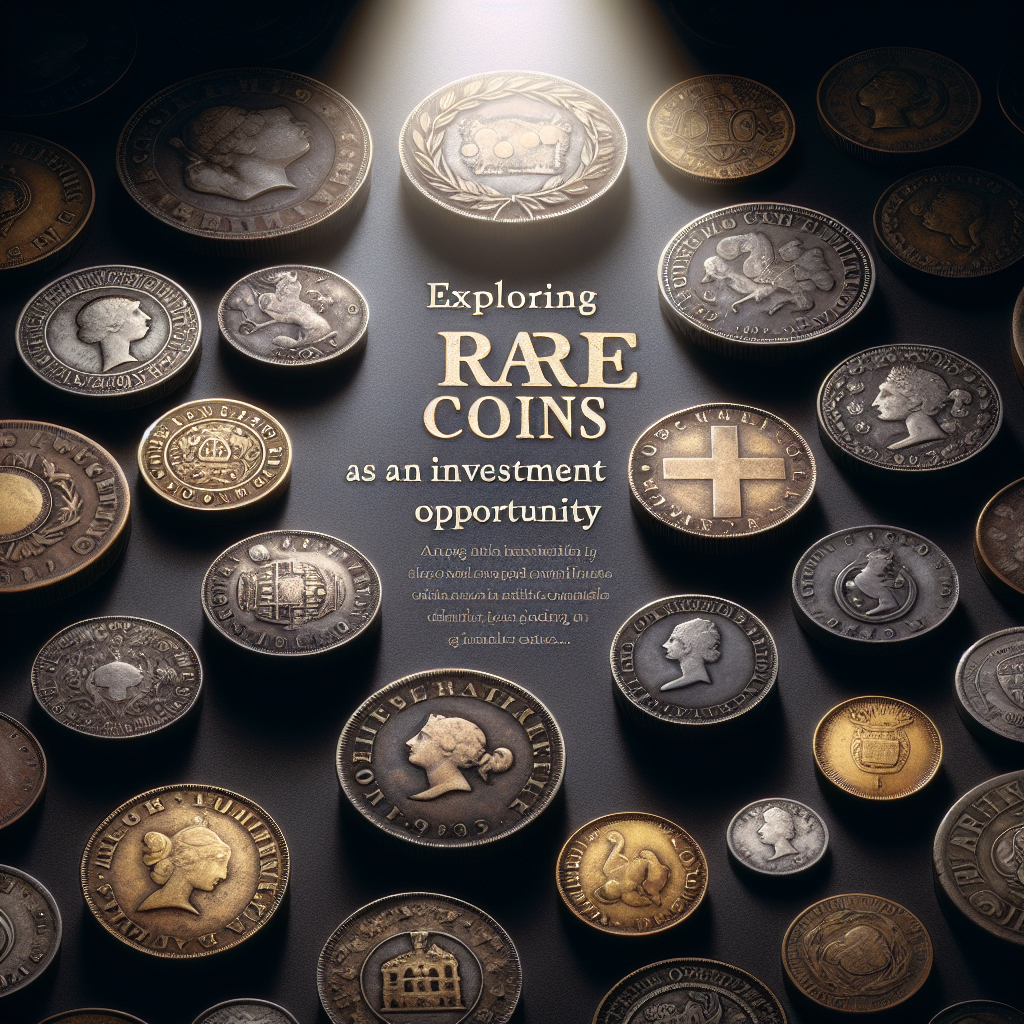Exploring Rare Coins as an Investment Opportunity
Investing Alternative Investments, Collectibles, Numismatics, Rare CoinsInvestors may diversify their portfolios by focusing on collectibles, which serve as an asset class distinct from stocks and bonds. Unlike market-driven assets, the value of collectibles is swayed by different influences, primarily demand.
The rarity of a coin significantly boosts its value, similar to other collectible items. While rare coins offer a potential for notable profits, it’s crucial to be mindful of the time investment required for this venture.
Consider exploring the benefits and challenges inherent in investing in rare coins and the methods to seamlessly incorporate them into your holdings.
Specifically sought-after coins have historically shown impressive profit potential, exceeding their intrinsic metal value. The valuation of these distinguished coins has fluctuated.
Over recent decades, the rare-coin market has undergone substantial evolution. The emergence of third-party grading services in the 1980s provided a means to authenticate and establish standards, mitigating some investment risks. Moreover, the internet has facilitated learning about coin collecting, acquiring rare coins, and making informed purchase decisions online.
If you’re new to rare-coin investment, consider finding a mentor to assist in evaluating the current and future worth of coins. Engaging with coin demonstrates at exhibitions, consulting literature and articles, interacting with dealers, and joining collectors’ clubs can enhance your understanding.
Balancing Your Coin Portfolio
Diversifying your coin portfolio decreases exposure to market volatility and increases return potential, akin to managing any investment. Integrating a range of U.S. coins, gold bullion, and classic gold pieces like the double eagle enriches your investment spread.
Targeting swift gains is not the forte of rare-coin collecting. Coin flipping operates on short-term gain prospects, but the demand spike for specific coins or series may lead to a rapid price increase, potentially followed by a drop if popularity diminishes.
Coins Aren’t Like Shares of Stock
Unlike corporate shares, where each unit holds equivalent value, individual rare coins possess distinctive characteristics even when similar in variety and grading.
For instance, two 1913 Buffalo nickels may differ in pricing due to nuanced differences, such as one having a superior appearance. This makes the valuation of rare coins less predictable than stock trading.
Engagement in rare-coin investment involves complexities beyond purchasing stocks through a reputable broker. Be cautious of counterfeit or altered coins, potentially flagged by leading third-party grading services.
Combining interest and potential long-term returns, rare-coin investing can complement a diversified portfolio.
Initiating Rare-Coin Investment
The ideal approach to launching into rare-coin investment involves finding guidance from a mentor versed in determining coin valuation. Diving into literature, attending shows, and joining clubs can solidify knowledge, aiding in accurate return predictions.
Numismatists, consisting of collectors, researchers, and dealers, are those who delve into the art and science of coin collecting. The American Numismatic Association serves as a hub for educational initiatives on this subject.
Over time, rare coins generally appreciate in value, with the possibility of substantial financial benefits. Nonetheless, forecasting a coin’s value trajectory lacks certainty.
